To proactively prevent mosaic disease and minimize damage to cassava production in the 2025 crop year, for areas that have been infected with the disease, the Plant Protection Department recommends that localities immediately destroy severely diseased plants that are no longer able to produce yield. Specifically, for cassava plants under 2 months old, it is necessary to regularly check, uproot and destroy by drying, chopping or burning cassava plants that show signs of severe disease, are short, stunted, and withered and are no longer able to produce yield.
Testing to detect cassava with mosaic disease in Hai Lang district - Photo: LA
For cassava plants over 2 months old, adequate fertilization is required. Foliar fertilizer can be added to increase disease resistance and minimize yield losses. After harvesting the tubers, diseased cassava stems must be destroyed. Absolutely do not use cassava stems with mosaic disease as seeds for the next crop.
For areas where the disease has not been detected and are preparing for new planting, it is recommended that localities increase propaganda about the harmful effects of cassava mosaic disease and provide guidance on prevention measures; at the same time, carefully review cassava growing areas to promptly detect and destroy disease sources.
Strictly control the source of cassava seeds in the area; advise farmers to absolutely not use cassava cuttings from areas affected by cassava mosaic disease for seeds or arbitrarily buy new seeds of unknown origin; strengthen control to prevent organizations and individuals from trading and transporting cassava seeds from areas with epidemics to the locality.
Collect all cassava residues and plants from the previous crop on the fields and fences and burn and destroy them to eliminate the source of the disease. Areas that have been severely affected by the disease in previous years should prioritize the use of new cassava varieties with potential yield and resistance to mosaic disease such as HN1, HN5... for planting.
Strengthen inspection of the appearance of whiteflies as disease vectors to prevent and control disease in time, limiting disease transmission.
Le An
Source: https://baoquangtri.vn/gan-1-130-ha-san-bi-nhiem-benh-kham-la-192694.htm


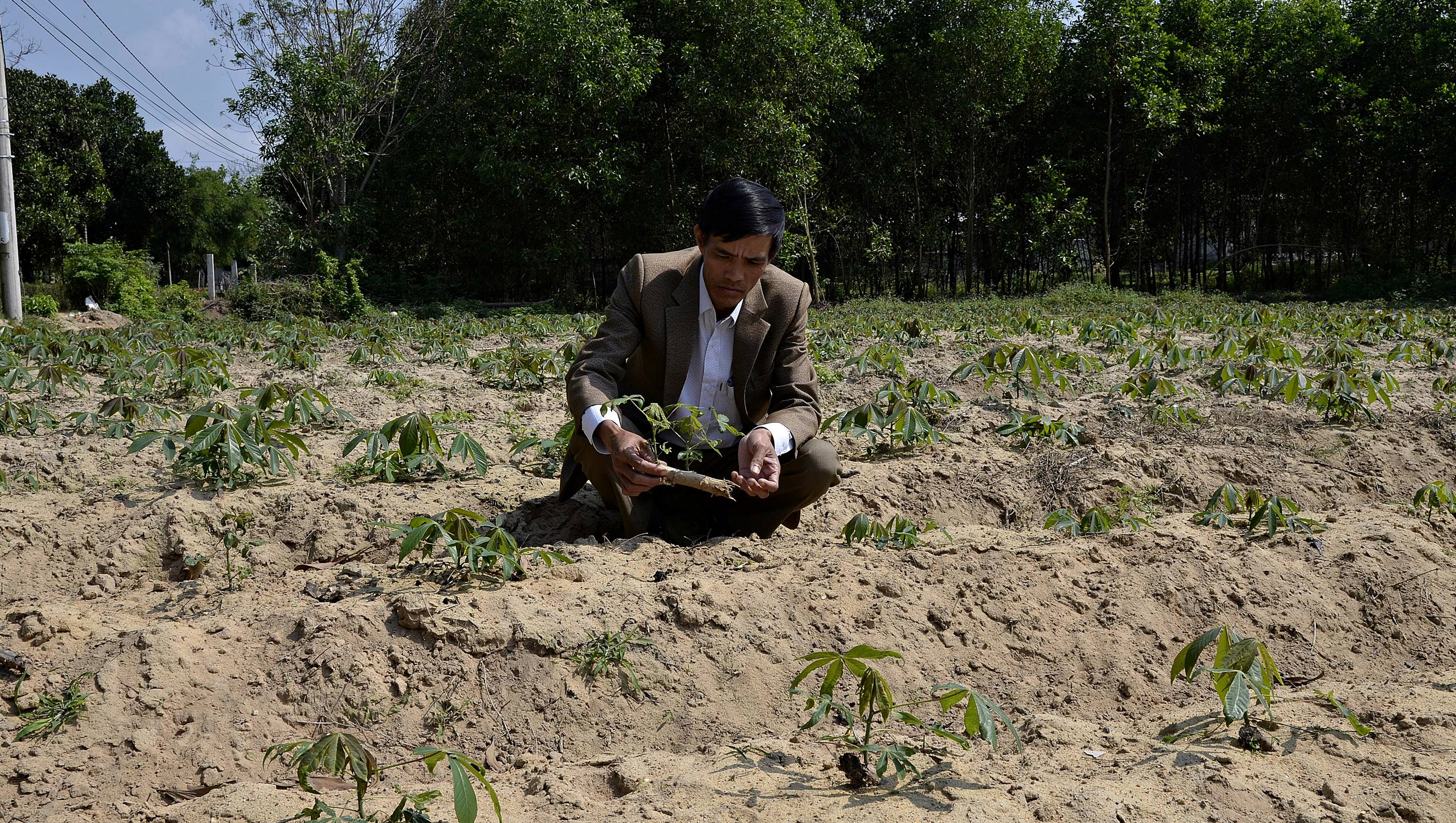



![[Photo] Phuc Tho mulberry season – Sweet fruit from green agriculture](https://vstatic.vietnam.vn/vietnam/resource/IMAGE/2025/4/10/1710a51d63c84a5a92de1b9b4caaf3e5)
![[Photo] Prime Minister Pham Minh Chinh chairs meeting to discuss tax solutions for Vietnam's import and export goods](https://vstatic.vietnam.vn/vietnam/resource/IMAGE/2025/4/10/19b9ed81ca2940b79fb8a0b9ccef539a)











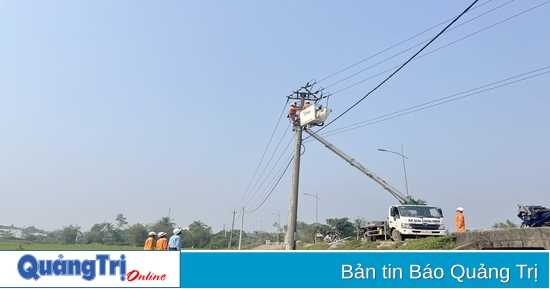





![[Photo] Unique folk games at Chuong Village Festival](https://vstatic.vietnam.vn/vietnam/resource/IMAGE/2025/4/10/cff805a06fdd443b9474c017f98075a4)




















































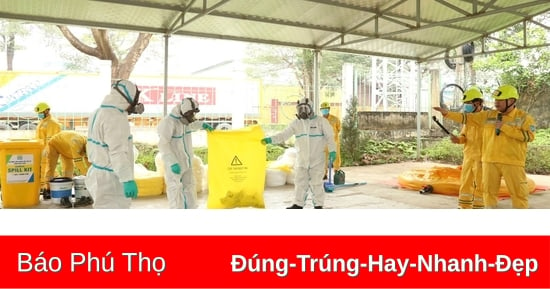

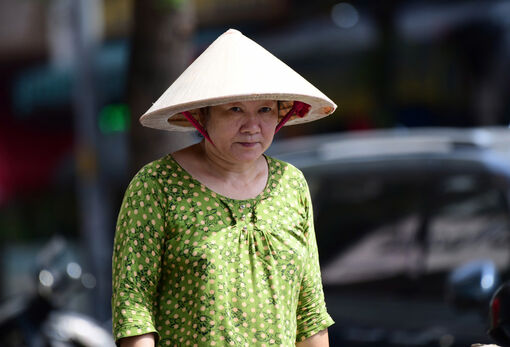

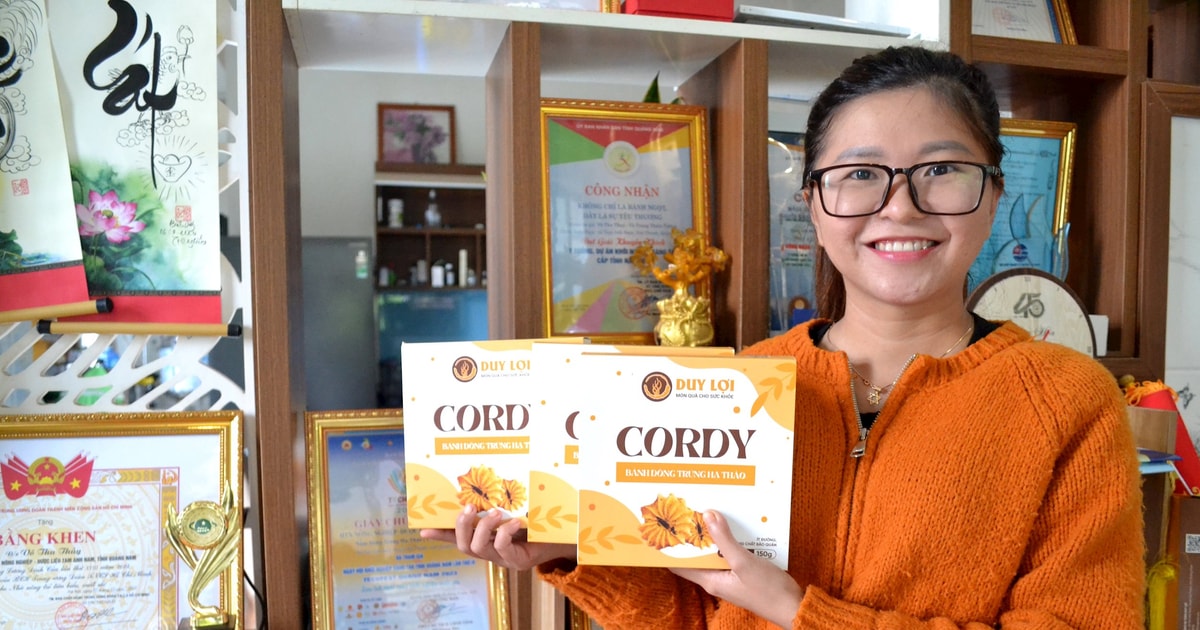










Comment (0)